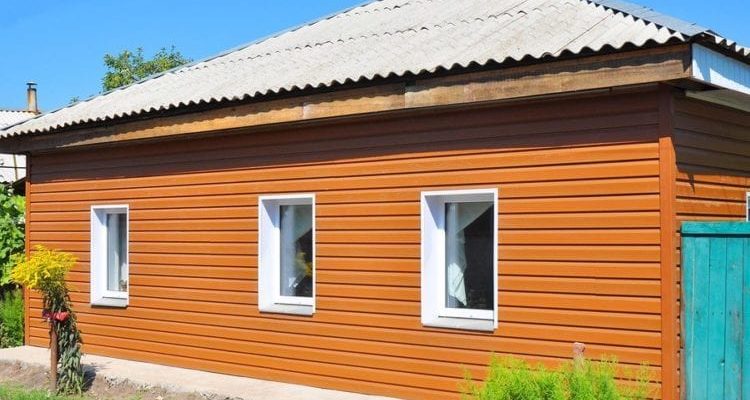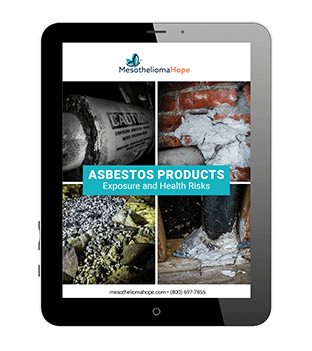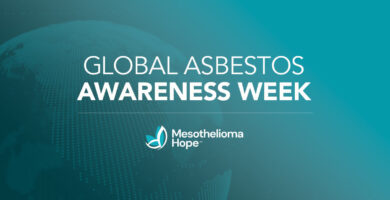If you currently live or are planning to move into a home that was built before the 1980s, there is a chance that the property contains asbestos. Used extensively in residential construction during the 20th century, asbestos is still present in many of these established homes, posing a possible health risk to anyone in the vicinity.
Is Asbestos in the Home Really a Threat?
Although undisturbed asbestos poses a relatively low risk, asbestos becomes a major concern when renovations come into play. Asbestos is most hazardous when it is disturbed and becomes airborne because this is when its fine fibers can be ingested. If the asbestos-containing product is sanded, drilled or handled in any way that causes it to crumble, it becomes a significant health hazard.
Despite the risks, it is absolutely possible to perform safe renovations on asbestos-containing buildings and ensure no one is exposed.
However, doing so takes planning and precautions, as well as some considerations you may not have needed to think about before.
Here are some of the things you need to know before renovating a home that may have hidden asbestos.
Where Asbestos Might Be Hidden
One of the reasons asbestos was so popular in the 20th century was its multipurpose nature. Even within a home, asbestos-containing materials can be found in a multitude of places.
The following examples include just a few of the ways in which asbestos was utilized in residential development:
- Roofing (felt, tiles and shingles)
- Cement in roof gutters
- Thermal Insulation
- Insulation on HVAC ducts and pipes
- Light fixture backing
- Fireproof padding under fireplace hearth
- Sheeting under decks
- Soundproofing
- Insulation on electric wires
- Pipe insulation
- Flooring tiles, linoleum sheets and flooring adhesive
- Exterior siding
- Coatings and sealants throughout the home
This list is not exhaustive, and it’s important to consider that asbestos can be encountered even in unexpected places within older homes. There’s no such thing as being too careful when it comes to asbestos, so treat every space and fixture as though it could contain the hazardous material.
Always ensure you employ professional help before making any renovations or home improvements.
Best Practices for Asbestos Sampling and Removal
Before any renovation or home improvement projects commence within the home, you can conduct asbestos sampling throughout the property.
The samples you take can be sent into an accredited asbestos laboratory for testing to determine whether asbestos is present.
It’s possible to conduct sampling yourself, with great care. Doing so would involve wearing protective gear, a respirator, and laying down a plastic sheet. It’s also important to spray the material being sampled with water and detergent to prevent asbestos fibers from becoming airborne. Post-sampling cleanup is also highly important and requires meticulous effort.
If possible, it is always ideal to hire professionals to take these samples instead of doing it yourself. While this comes at a fee, it is highly preferable safety-wise.
Experienced professionals will know exactly how to carry out sampling and any subsequent removal in a safe and responsible manner.
Hire a Professional for Asbestos Removal
If asbestos is discovered in your home, steps should be taken to remove it as soon as possible. The best way that you can ensure asbestos is safely removed from your home is to hire a professional. Doing so minimizes the risk of exposure and allows you to continue your renovations safely so that you can live completely comfortable in your home, the way you should be able to.
States also hold asbestos abatement contractors to rules and regulations that are designed to protect your health and safety.
For example, asbestos contractors, supervisors and workers must be certified, notify relevant state departments of their projects and are required to undergo specialized training.
Having these protections in place keeps contractors accountable and keeps homeowners safe.
Putting Asbestos Safety First
At Mesothelioma Hope, your safety and well-being are our top priorities. As a result, we strongly recommend hiring a certified professional for any asbestos inspection, sampling and removal activities in your home.
Always remember that asbestos was used for a wide variety of purposes, so it’s best to call in a professional before starting on any home improvement project, big or small. While it may seem excessive to hire help before removing a single nail, it’s always better to be safe than sorry. Contractors are well equipped to help with all kinds of inquiries. By getting the right expertise, you’ll be able to enjoy a healthy environment in your home.











